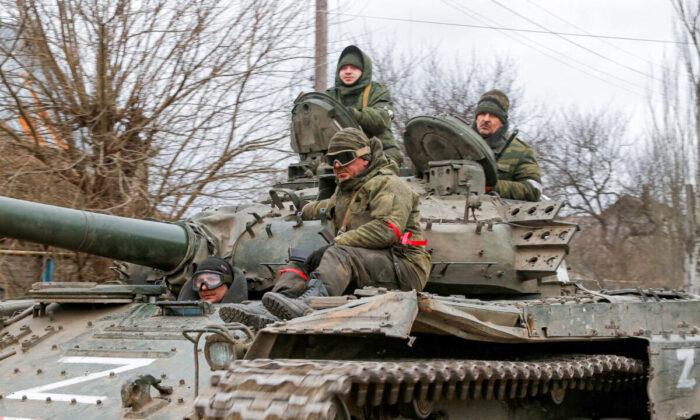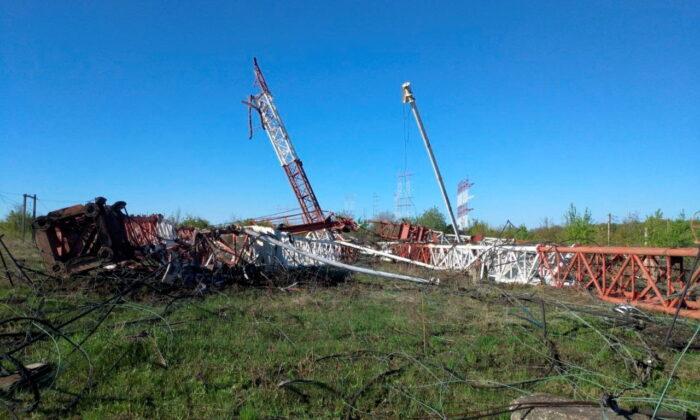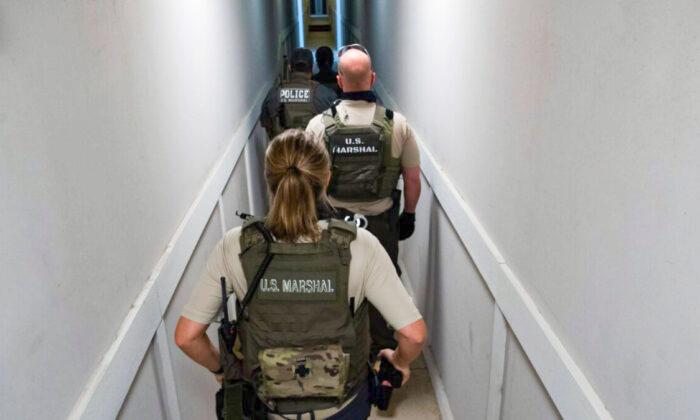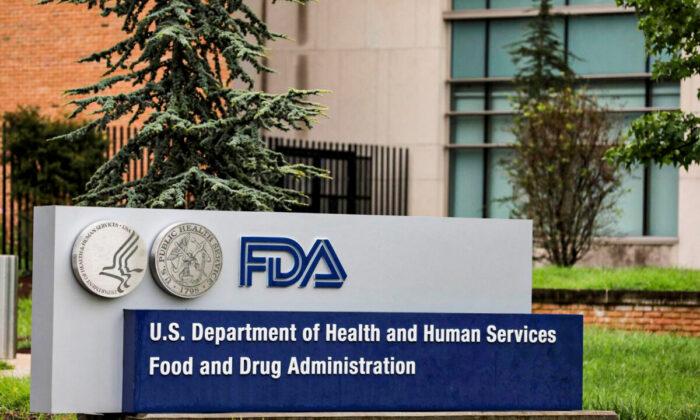The federal agency has previously asserted that wearing masks may help curb the transmission of the CCP virus between infected patients and those nearby.
“Experimental and epidemiological data support community masking to reduce the spread” of the CCP virus, the CDC said in its new guidance that provides scientific evidence backing the use of masks. “Individual benefit increases with increasing community mask use.”
The CDC said that multi-layer cloth masks act as “source control” to block particles of release of exhaled respiratory particles into the environment, and provide ”filtration for personal protection” by blocking virus particles from others.
The report cites several studies that show that the risk of becoming infected, or spreading the CCP virus, reduces by more than 70 percent in a number of instances when wearing masks.
It references a study that found that mutual mask-use helped prevent two COVID-19 positive hair stylists from spreading the disease to 67 of their clients. Another study cited by the CDC found that infected individuals did not spread the virus to other passengers on a plane when they wore masks.
In other instances, infections and deaths substantially dropped when officials instructed people to wear masks, the CDC said.
“Adopting universal masking policies can help avert future lockdowns, especially if combined with other non-pharmaceutical interventions such as social distancing, hand hygiene, and adequate ventilation,” the agency said.
“Guidelines from the CDC and the WHO recommend the wearing of face masks to prevent the spread of coronavirus (CoV) disease 2019 (COVID-19); however, the protective efficiency of such masks against airborne transmission of infectious severe acute respiratory syndrome CoV-2 (SARS-CoV-2) droplets/aerosols is unknown,” the scientists wrote.
Dr. Anthony Fauci, the head of the National Institute of Allergy and Infectious Diseases, on Tuesday described mutual mask-wearing as “a two-way street.”

“You protect others, their mask protects you, and your mask also protects you,” he told MSNBC.
Tuesday’s guidance marks the strongest message yet from the agency on the importance of wearing masks to curb the transmission of the CCP virus.
Last month, it issued a “strong recommendation” that all passengers and employees on airplanes, trains, subways, buses, taxis, and ride-share vehicles should wear masks.
The CDC on Oct. 20 called for facial coverings at transportation hubs like airports and train stations.
“Broad and routine utilization of masks on our transportation systems will protect Americans and provide confidence that we can once again travel more safely even during this pandemic,” the CDC said.
Airlines, Amtrak, and most public transit systems and U.S. airports already require all passengers and workers to wear facial coverings, as do most airports and ride-sharing firms Uber and Lyft.





